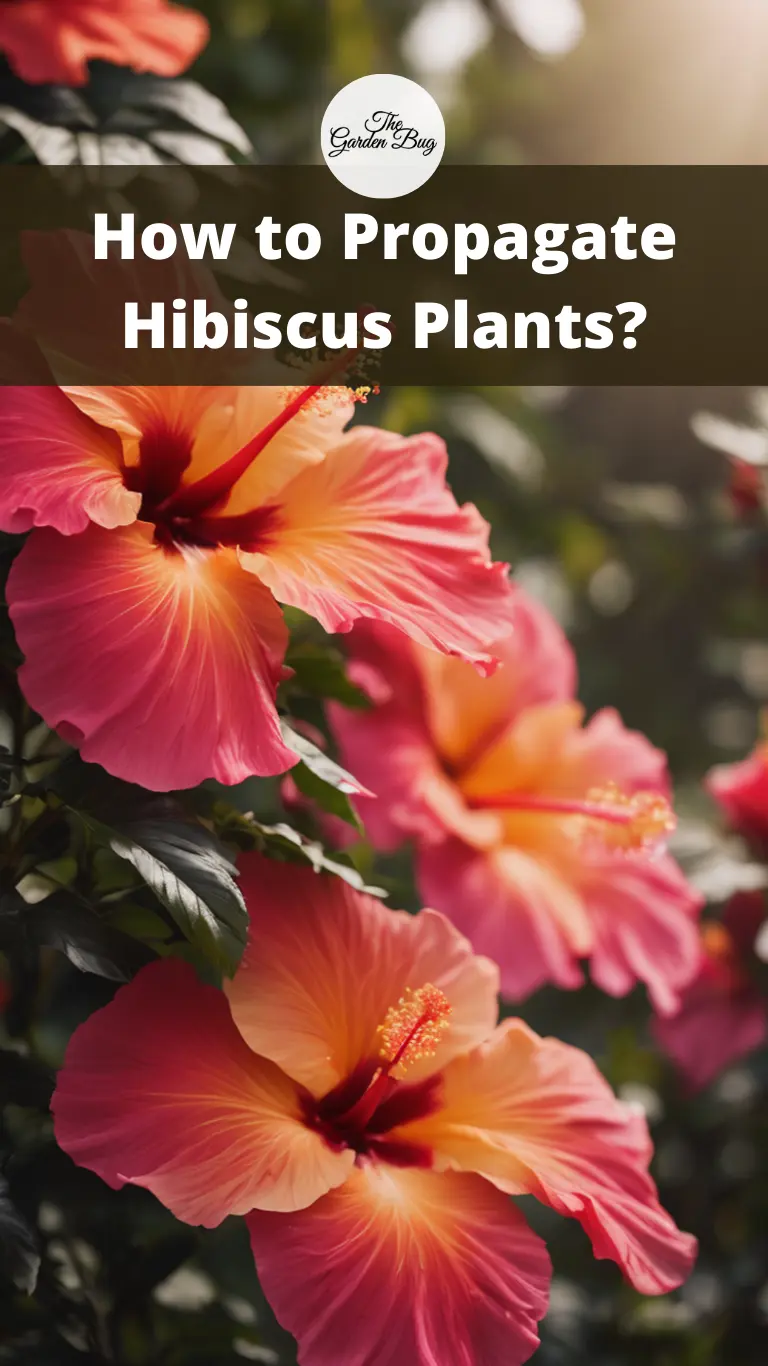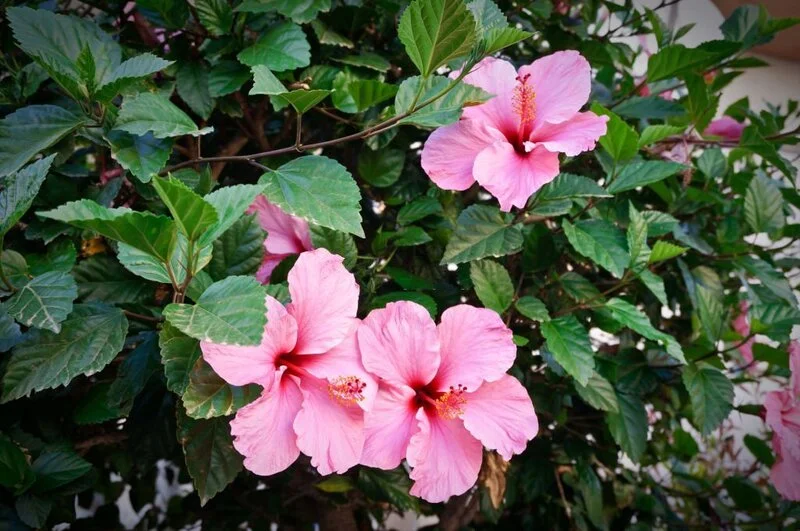If you’re captivated by the enchanting beauty of hibiscus and want to spread the tropical joy, you’re in the right place! This guide will take you through the simple steps of propagating your very own hibiscus plants.
- BIG BLOOMS! Sun-loving tropical hibiscus feature bold, 5 inch plate-shape flowers
- ALL SUMMER COLOR! Tropical hibiscus bloom all summer.
- ADDS COLORFUL FOCAL POINTS! You can use them on decks or patio, in landscape or in your container gardens.
Understanding the Basics of Hibiscus Plants
Before we dive into propagation, let’s understand our lovely subjects a bit better. Hibiscus plants are known for their large, flamboyant flowers that bring a touch of the tropics to any garden. But don’t let their exotic looks fool you – these plants are surprisingly hardy and adaptable. With many varieties ranging from perennial to annual, there’s a hibiscus to suit every garden.
Methods of Hibiscus Propagation
So, you want more of these beauties in your garden? Good news – hibiscus plants can be propagated in a couple of ways: by seeds or cuttings. However, propagating from cuttings is the most reliable method and the quickest way to get new blooming plants. Plus, the new plants will be exact replicas of the parent, so you know exactly what you’re getting. In the next sections, we’ll focus on propagation through cuttings, so get your gardening gloves ready!
Collecting and Preparing Hibiscus Cuttings for Propagation
Ready to get your hands a bit dirty? Great! First things first, you need to collect cuttings from your hibiscus plant. Look for a healthy branch, about as thick as a pencil, and cut a piece that’s around 6 inches long. Make sure your cutting has at least two sets of leaves. Once you have your cutting, remove the lower set of leaves and any buds or flowers. This will help your cutting focus its energy on developing roots.
- Expected blooming period: Spring to Fall
- Sunlight exposure: Full Sun
Planting and Caring for Hibiscus Cuttings
Once your cutting is ready, dip the cut end in rooting hormone. This isn’t a must, but it helps boost root growth. Now, plant your cutting in a pot filled with well-draining soil or potting mix. Make sure the place where you removed the lower leaves is covered by soil, as this is where new roots will form. Keep the soil moist but not soggy, and place your cutting in a warm, well-lit spot. Remember, patience is key! It may take a few weeks, but you should start seeing new growth as your cutting forms roots and begins to grow.
- FAST-ACTING ROOT STARTER FOR CUTTINGS: Hormex Powder is specially formulated to accelerate the rooting process for plant cuttings. A propagation method known as cloning. Refer to the plant list in the product images for your ideal strength.
- COMPATIBLE WITH ALL PLANT STARTER MEDIUMS: Grow strong, healthy plants in any growing medium, including Rockwool, coco coir, peat moss, soil, clay pellets, and more. See Hormex Rooting Cubes for optimal results.
- PROMOTES RAPID ROOT DEVELOPMENT: This product contains Indole-3-Butyric Acid (IBA), a powerful compound that speeds up rooting and promotes strong, healthy root systems for all plant varieties.
- CLEAN AND PURE FORMULA: Free of alcohol, dyes, thickeners, and preservatives — ideal for all common and rare ornamentals, fruits, vegetables, and medicinal plants.
- HOW TO USE HORMEX ROOTING POWDER: Trim a 3″- 6″ stem below a node (leaf joint) at a 45° angle using Hormex Cloning Shears or clean blade (not scissors). Dip in water or Hormex Liquid Concentrate, dip the cut end 1″ in Hormex Powder, tap off excess, and plant in a Hormex Rooting Cube or other plant starter medium. Maintain proper temperature, humidity, and light for best results.
Troubleshooting Common Hibiscus Propagation Problems
If your cutting is wilting or not showing any signs of growth, don’t lose heart! It might be due to overwatering, lack of warmth, or insufficient light. Make sure your cutting is not sitting in soggy soil and is getting plenty of indirect light. If the weather is cold, consider using a heat mat to provide bottom heat and speed up rooting.
Conclusion
And there you have it – your guide to propagating hibiscus plants! With a little patience and care, you’ll soon have a garden full of these tropical beauties. So, go on and share the hibiscus love – happy gardening!







